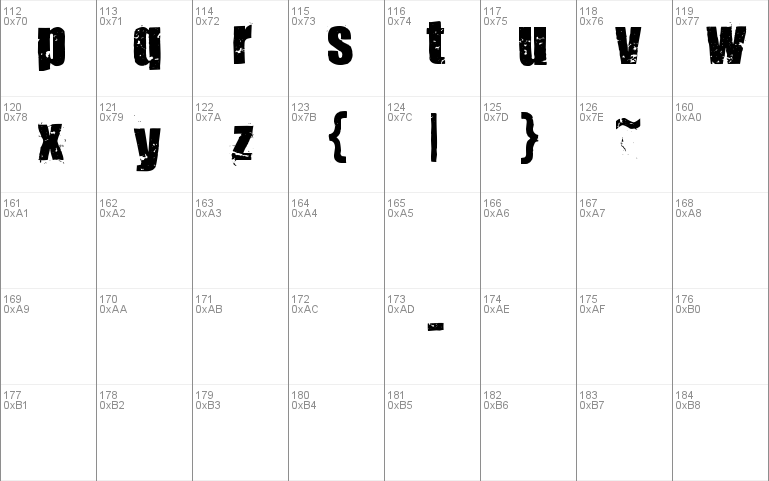

Impact font viewer update#
See #Older applications for more detail.įinally, update the fontconfig cache (usually unnecessary as software using the fontconfig library does this): This entry is located in the Files section of your Xorg configuration file (e.g. at least chmod 444 for files, and 555 for directories.įor the Xserver to load fonts directly (as opposed to the use of a font server), the directory for your newly added font must be added with a FontPath entry.

The font files need to have sufficient read permissions for all users, i.e. Fontconfig will search its default paths recursively, ensuring nested files get picked up. For clarity, it is good to keep each font in its own directory. The creation of a subdirectory structure is up to the user, and varies among Linux distributions.
Impact font viewer install#
For a single user, install fonts to ~/.local/share/fonts/.This gives pacman the ability to remove or update them at a later time.Īlternatively, fonts can be installed manually: The recommended way of adding fonts that are not in the repositories of your system is described in #Creating a package. The formatting is described in FcPatternFormat(3). The family name of a font file can be aquired with the use of fc-query for example: fc-query -f '%\n' /path/to/file. The packages to install fonts are particularly similar see Font packaging guidelines. These can also be shared with the community in the AUR. You should give pacman the ability to manage your fonts, which is done by creating an Arch package. There are various methods for installing fonts.įonts and font collections in the enabled repositories can be installed using pacman.Īvailable fonts may be found by querying packages (e.g. The SVG format also has its own font description method. Modern versions can also use TrueType and OpenType fonts.įontForge ( fontforge), a font editing application, can store fonts in its native text-based format, sfd, spline font database.

Some file extensions used for fonts from these two programs are *pk, *gf, mf and vf. The typesetting application TeX and its companion font software, Metafont, traditionally renders characters using its own methods. OpenType by Microsoft, built on TrueType (file extensions: otf, ttf)įor most purposes, the technical differences between TrueType and OpenType can be ignored.TrueType by Apple and Microsoft (file extension: ttf).PostScript fonts by Adobe – has various formats, e.g: Printer Font ASCII (PFA) and Printer Font Binary (PFB).See #Bitmap for the available bitmap fonts.
Impact font viewer Pc#


 0 kommentar(er)
0 kommentar(er)
